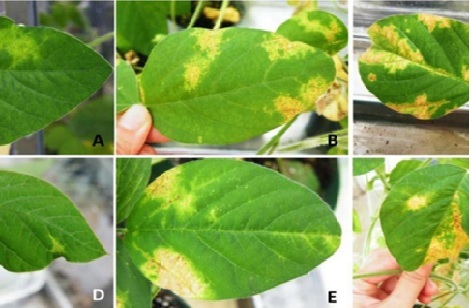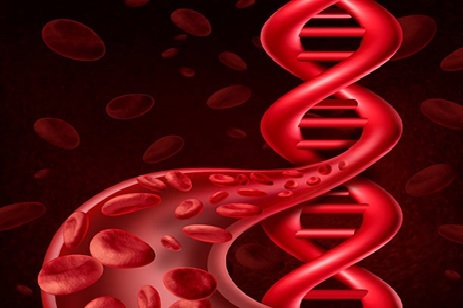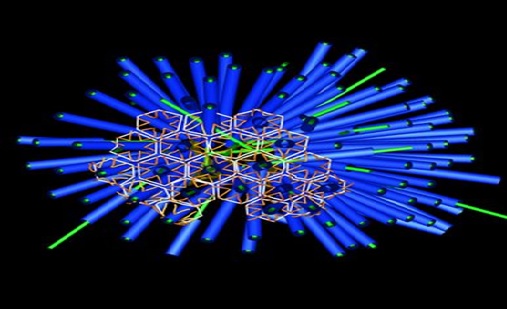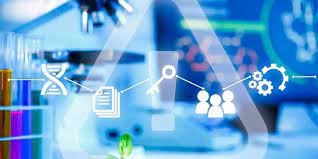Biopharmaceutical Production
Biopharmaceutical production is the process of manufacturing large quantities of biologically derived pharmaceutical drugs, including proteins, nucleic acids, and living cells or microorganisms, for use in the treatment of diseases. Biopharmaceutical production typically involves the use of genetically modified cells or organisms to produce specific proteins or other molecules that are used as drugs. The production process is highly regulated and requires specialized facilities, equipment, and expertise to ensure the safety, efficacy, and purity of the final product. Biopharmaceutical production is a complex and challenging process, but it has the potential to provide more effective and targeted therapies for a wide range of diseases and conditions.
Biopharmaceutical production processes often use mammalian cells in bioreactors larger than 10,000 L, where gradients of shear stress, substrate, dissolved oxygen and carbon dioxide, and pH are likely to occur. As former tissue cells, producer cell lines such as Chinese hamster ovary (CHO) cells sensitively respond to these mixing heterogeneities, resulting in related scenarios being mimicked in scale-down reactors. However, commonly applied multi-compartment approaches comprising multiple reactors impose a biasing shear stress caused by pumping. The latter can be prevented using the single multi-compartment bioreactor (SMCB) presented here. The exchange area provided by a disc mounted between the upper and lower compartments in a stirred bioreactor was found to be an essential design parameter.[1]
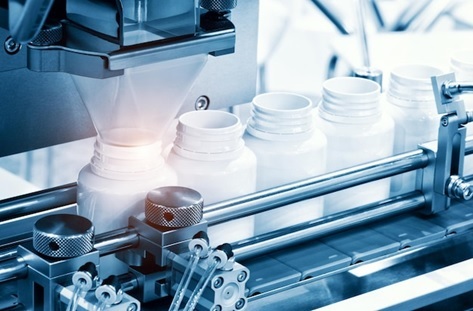
Figure .1 Biopharmaceutical production
Figure 1 shows Biopharmaceutical production is the process of producing large quantities of biopharmaceutical drugs, which are drugs produced using living cells or microorganisms. Biopharmaceuticals include protein-based drugs, such as monoclonal antibodies, growth factors, and cytokines, as well as nucleic acid-based drugs, such as gene therapies and RNA-based drugs.
Biopharmaceutical production involves several stages, including:
- Cell line development:This involves the identification and selection of cells that will be used to produce the biopharmaceutical drug. This may involve genetically modifying the cells to produce the desired protein or nucleic acid.
- Cell culture:The selected cells are grown in bioreactors under controlled conditions to produce the biopharmaceutical drug. The cells are typically grown in a nutrient-rich medium and are monitored for growth and productivity.
- Purification:The biopharmaceutical drug is isolated and purified from the cell culture using various methods, such as chromatography, filtration, and centrifugation.
- Formulation:The purified drug is formulated into a final product, which may involve adding stabilizers, preservatives, or other excipients to improve stability and efficacy
- Quality control:The final product is subjected to rigorous quality control testing to ensure that it meets the required specifications for safety, purity, and potency.
Biopharmaceutical production is a complex and highly regulated process, requiring specialized facilities, equipment, and expertise. The production of biopharmaceuticals is often more challenging and expensive than traditional small molecule drug production, due to the complexity of the molecules and the need for specialized equipment and expertise. However, biopharmaceuticals have the potential to provide more targeted and effective therapies for a wide range of diseases and conditions.
References:
- https://onlinelibrary.wiley.com/doi/full/10.1002/elsc.202100161
Cite this article:
Janani R (2023),Biopharmaceutical production, AnaTechMaz, pp.160





